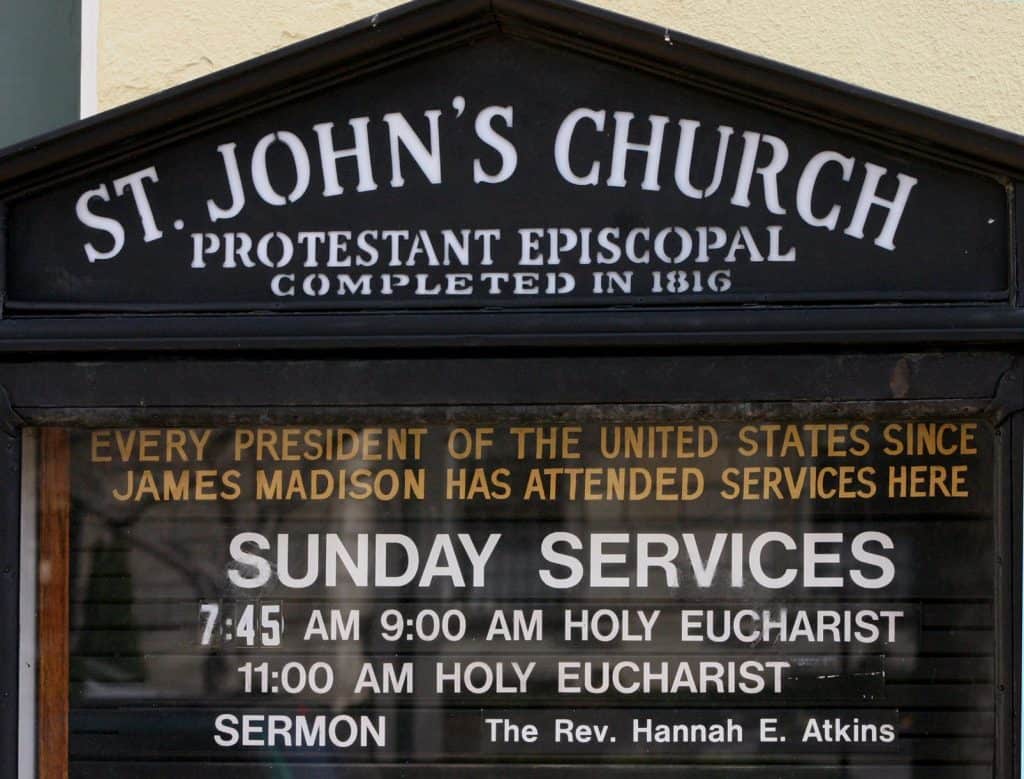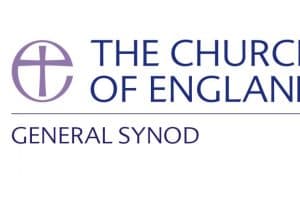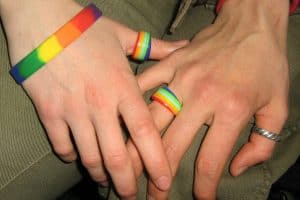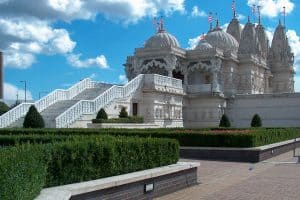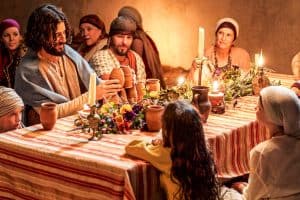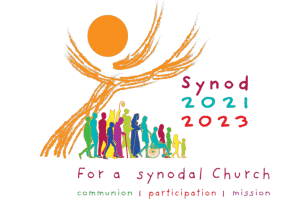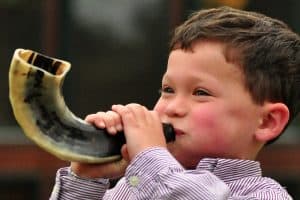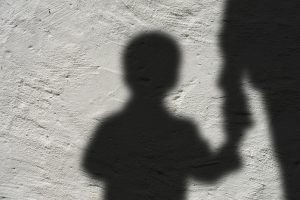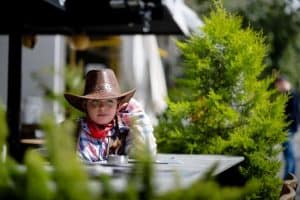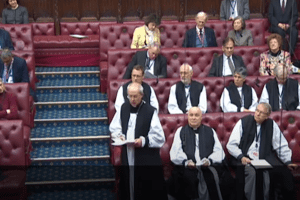By Rosie Dawson
The Presidents’ Church is the popular name for St John’s Episcopal Church in Washington, DC, which stands opposite the White House. It has a long association with several presidents spanning centuries and most recently hit the news when Donald Trump held a controversial photo op outside it in 2020.
“To describe all that has happened within sight of this spot, all that this church has seen, looking across the square, would be to tell in large part the history of the United States.”
So wrote the Republican Senator Henry Cabot Lodge of St John’s Episcopal Church in Washington, which was consecrated in December 1816.
This week the elegant white structure on the north corner of Lafayette Square opposite the White House witnessed another episode in that history as Donald Trump cleared protesters from the square in front of it so that he could have his photograph taken outside. He held up a Bible.
His supporters say this showed leadership akin to Joshua storming the city of Jericho. His critics say it desecrated the Scriptures and the church.
What is the history of St John’s?
St John’s, known as the “Presidents’ Church”, was designed by Benjamin Henry Latrobe, who was born in Yorkshire in 1764 and emigrated to the United States in 1795. He was soon appointed surveyor of Washington’s public buildings by President Thomas Jefferson.
In 1814, during the conflict sometimes known as the Second War of Independence, British troops set fire to the White House, having first, according to folklore, sat down to eat the food left by White House staff who fled their advance. President James Madison gave Latrobe the task of restoring it.
From the start, there was a sense that the church’s geographical location lent it political importance. “St John’s Church, which I have built, is a pretty thing, and has a celebrity beyond all bounds,” Latrobe wrote to his son, Henry. “It has made people religious who were never before at church.” When members of the church’s vestry invited William Wilmer to be its first rector it was with a call to “build up the wall of this part of our Zion”.
How did it become associated with presidents?
One of the first decisions taken by Wilmer was that every president should be offered a pew in St John’s, even if they were not Episcopalians. This led to the eventual designation of row 54 as “the President’s Pew”. Every president has attended the church at least once. Gerald Ford, George HW Bush and George W Bush all attended regularly.
Abraham Lincoln attended the church anonymously in February 1861 a month before his inauguration. It was only after the service that the clergyman realised he had been preaching to the president-elect. Once in office Lincoln — who did not formally belong to any particular Christian denomination — chose to attend a Presbyterian church. But he kept up his practice of anonymity, frequently slipping into evensong at St John’s, sitting in the last pew on the right hand side of the nave before walking back across the square to the White House.
On 4 March 1933, Franklin Roosevelt began the tradition of presidents holding a private service at St John’s before their inauguration. Donald Trump kept to the tradition by attending one on January 2017. Church member Richard Grimmett, who has written a history of the church, was unable to confirm whether he had stepped inside the church since.
Some presidents have turned to the church in times of national crisis. In 1963, the day after John F Kennedy was assassinated, his successor Lyndon B Johnson requested a brief memorial service for him in the church. George W Bush also asked for a memorial service to be held at a time when he could be present on the first anniversary of the terrorist attacks on New York and Washington.
In the President’s Pew there are a set of embroidered kneelers, one for each president who has served in the White House since the opening of the church. A new kneeler is made only after the president has left office. Each new incumbent is therefore faced with the kneeler of his predecessor when he comes to pray.
Perhaps this is another reason why the idea of “taking the knee” has so enraged the current occupant of the White House.
Rosie Dawson is a freelance religion journalist, documentary maker and radio producer with more than 20 years of experience in the BBC’s Religion and Ethics department

